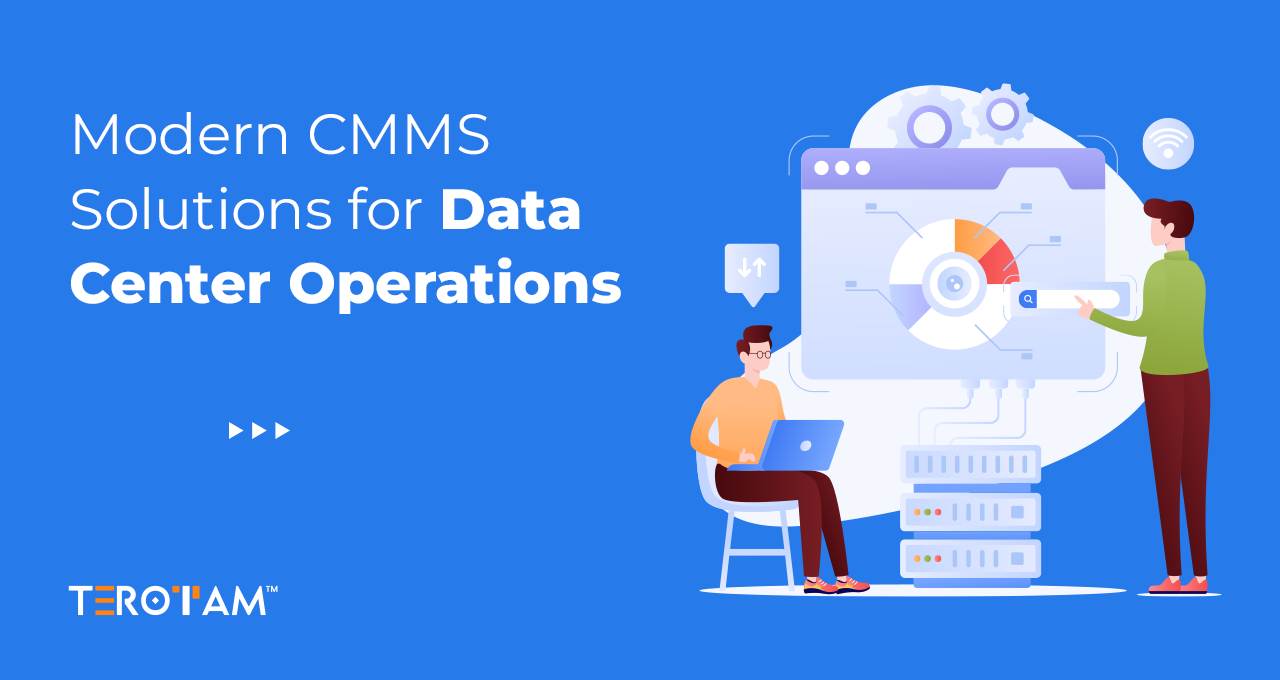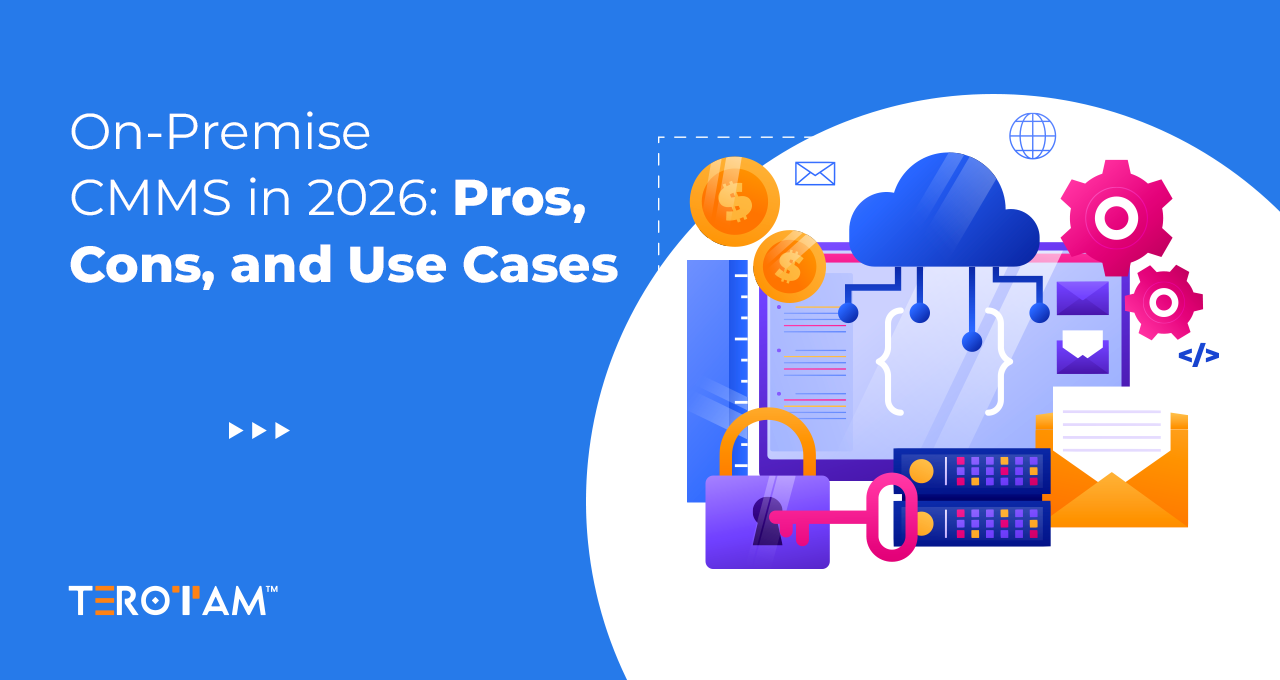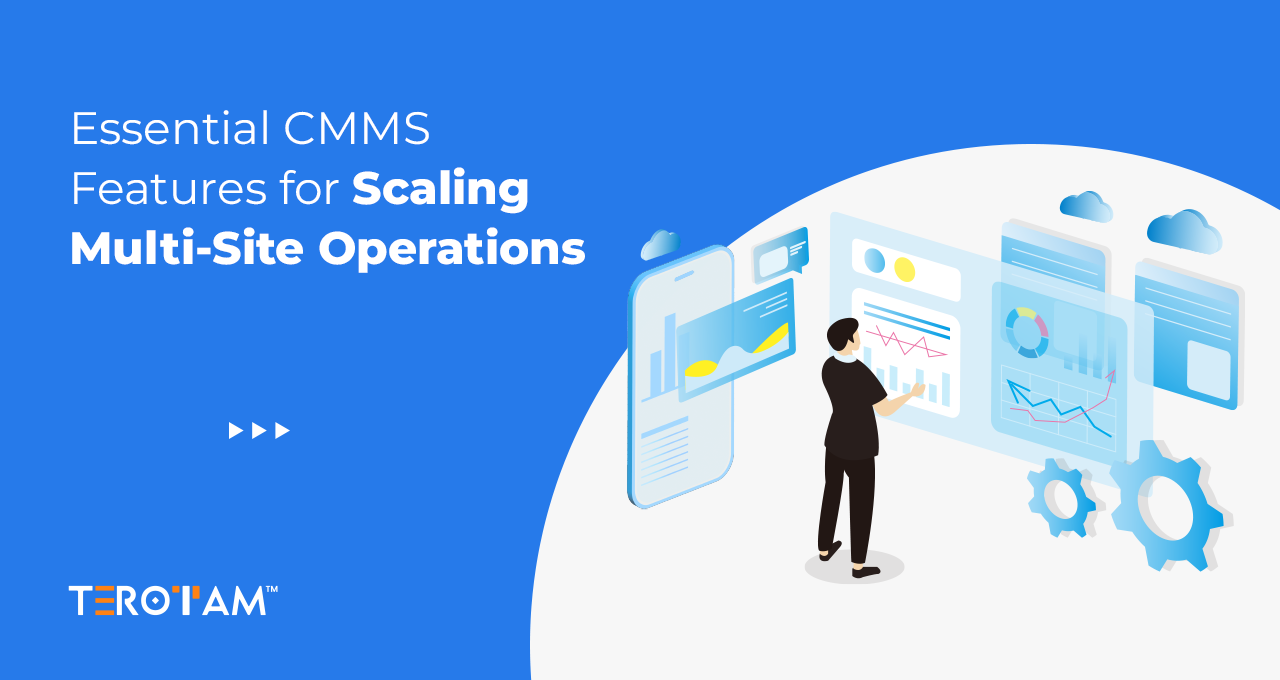Effective maintenance management is crucial for the smooth functioning of assets and facilities. As organizations strive to optimize their maintenance processes, the choice between Computerized Maintenance Management Software (CMMS) and Enterprise Asset Management Software (EAM) becomes paramount.
In this article, we will explore the key features and differences between CMMS and EAM to help you make an informed decision for your maintenance needs.
What is CMMS Software?
CMMS, or Computerized Maintenance Management Software, is a digital solution designed to streamline and automate maintenance activities. It primarily focuses on tracking work orders, managing preventive maintenance schedules, and keeping a comprehensive record of equipment and asset information. CMMS is ideal for organizations looking to enhance their maintenance efficiency and reduce downtime.
What is EAM Software?
Enterprise Asset Management Software (EAM) is a broader solution that encompasses the features of CMMS but extends its scope to include strategic asset planning and lifecycle management. EAM goes beyond maintenance tasks and incorporates modules for asset tracking, depreciation analysis, and overall asset performance management. It is a more comprehensive solution suitable for organizations with complex asset portfolios.
CMMS vs EAM: What’s the difference?
The distinction between Computerized Maintenance Management Software (CMMS) and Enterprise Asset Management Software (EAM) lies in the scope, functionality, and overall purpose of each system.
Let’s delve into the detailed differences between CMMS and EAM:
Scope and Complexity
CMMS:
- Focuses on day-to-day maintenance operations and activities.
- Ideal for organizations with simpler maintenance needs, where the primary goal is to streamline and automate routine tasks.
- Addresses work order management, preventive maintenance scheduling, and inventory control to enhance operational efficiency.
EAM:
- Encompasses all features of CMMS but extends its scope to include strategic asset planning and lifecycle management.
- Geared towards organizations with complex asset portfolios, managing assets from acquisition to disposal.
- Provides a holistic view of assets, covering not only maintenance tasks but also strategic planning, performance monitoring, and long-term asset optimization.
Functionality
CMMS:
- Primarily designed for maintenance-related functions, including work order generation, asset tracking, and inventory management.
- Focuses on ensuring equipment reliability, reducing downtime, and efficiently managing maintenance resources.
EAM:
- Integrates CMMS features and adds capabilities for comprehensive asset tracking, strategic planning, and performance analysis.
- In-depth functionalities include asset hierarchy, condition monitoring, predictive maintenance, and advanced reporting for better decision-making.
- Emphasizes the entire lifecycle of assets, from acquisition and commissioning to decommissioning and disposal.
Integration
CMMS:
- Typically integrates with other business systems, such as financial and procurement systems, for maintenance-related data.
- Provides a bridge between maintenance operations and other departments within the organization.
EAM:
- Designed for seamless integration with various enterprise-level systems, including Enterprise Resource Planning (ERP) software.
- Facilitates a more holistic view of business operations by connecting maintenance activities with broader organizational functions.
- Enhances cross-functional collaboration and data sharing across departments.
Strategic Planning
CMMS:
- Primarily focuses on tactical maintenance tasks and operational efficiency.
- Well-suited for organizations with a reactive or preventive maintenance approach.
EAM:
- Incorporates strategic planning into asset management, aligning maintenance activities with long-term organizational goals.
- Enables organizations to adopt a proactive approach by considering asset performance, risk management, and overall asset lifecycle planning.
Customization and Flexibility
CMMS:
- Generally offers a more straightforward and focused set of features, making it easier to implement and use.
- Suited for organizations with specific maintenance needs and a desire for a quick implementation process.
EAM:
- Provides a more extensive range of features, allowing for greater customization to meet specific organizational requirements.
- Offers flexibility in adapting to complex asset structures and diverse industry needs.
When to Choose CMMS or EAM?
Choosing between Computerized Maintenance Management Software (CMMS) and Enterprise Asset Management Software (EAM) depends on various factors related to the organization’s size, industry, asset complexity, and maintenance strategy. Here’s a detailed guide on when to opt for CMMS or EAM:
1. Conditions Suitable to CMMS
Here are some of the conditions where choosing CMMS as your solution will be wise and feasible. Let’s take a look.
Simplicity is Key:
If your organization has straightforward maintenance needs and requires a system focused on day-to-day tasks, CMMS is the appropriate choice. It offers a user-friendly interface and streamlined features tailored for efficient maintenance operations.
Cost Considerations:
CMMS solutions are often more cost-effective and quicker to implement compared to EAM. If budget constraints are a significant concern and your organization prioritizes immediate operational improvements, CMMS may be the more suitable option.
Reactive or Preventive Maintenance Approach:
For organizations predominantly employing reactive or preventive maintenance strategies, where the primary goal is to fix issues as they arise or prevent them through scheduled maintenance, CMMS provides the necessary tools without the additional complexity of strategic planning.
Limited Asset Complexity:
If your organization manages a relatively simple asset portfolio without the need for extensive lifecycle planning, hierarchical asset structures, or in-depth performance analysis, a CMMS is likely sufficient.
Quick Implementation:
CMMS solutions are known for their faster implementation timelines. If your organization requires a solution that can be deployed rapidly to address immediate maintenance challenges, CMMS may be the preferable choice.
2. Conditions Suitable to EAM
Here are some of the conditions where choosing EAM as your solution will be wise and feasible. Let’s take a look.
Complex Asset Portfolios:
Organizations with diverse and complex assets, such as manufacturing plants, utility companies, or large-scale facilities, benefit from the comprehensive asset management capabilities of EAM. It provides tools for handling assets throughout their entire lifecycle.
Strategic Planning is Critical:
If your organization emphasizes long-term strategic planning, including detailed asset forecasting, risk management, and performance optimization, EAM aligns maintenance activities with broader business goals.
Proactive Maintenance Approach:
EAM supports a proactive maintenance approach by leveraging predictive maintenance, condition monitoring, and reliability-centered maintenance strategies. If minimizing downtime and extending asset lifespan are top priorities, EAM offers advanced features for these purposes.
Integration with Enterprise Systems:
When seamless integration with other enterprise-level systems, such as ERP, is crucial for sharing data across various departments, EAM provides the necessary capabilities. This enhances cross-functional collaboration and ensures a unified view of organizational operations.
Comprehensive Reporting and Analytics:
Organizations requiring in-depth reporting, analytics, and performance metrics should opt for EAM. It provides advanced tools for analyzing asset performance, tracking key performance indicators (KPIs), and generating comprehensive reports for informed decision-making.
Compliance and Regulation Requirements:
Industries with strict compliance and regulatory requirements, such as healthcare, energy, or aviation, benefit from EAM ability to manage compliance documentation, track regulatory changes, and ensure adherence to industry standards.
Conclusion
Selecting the right software is pivotal to achieving operational excellence. Whether you opt for CMMS or EAM depends on the complexity of your assets and the level of strategic planning your organization requires. Understanding the key differences between CMMS and EAM, can help you make an informed decision that aligns with your organization’s maintenance objectives, ultimately contributing to increased efficiency and reduced downtime.
Want to know more? Connect with our experts now.








